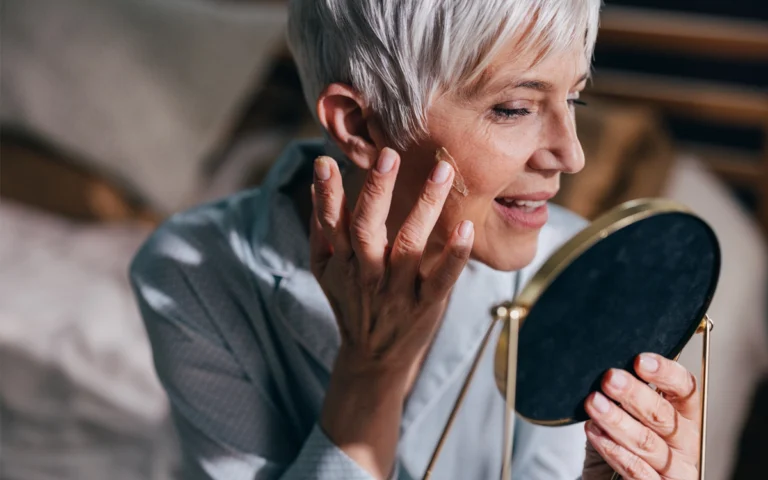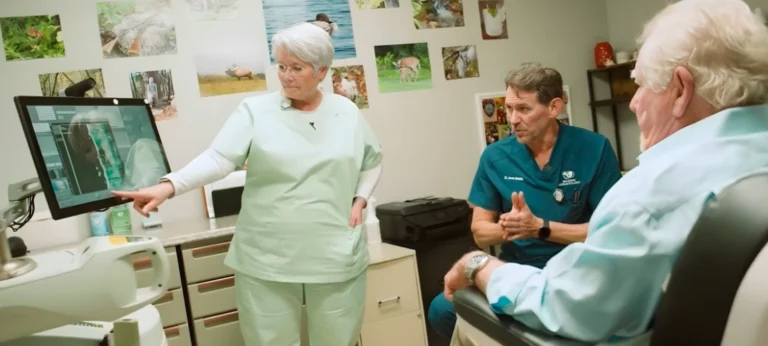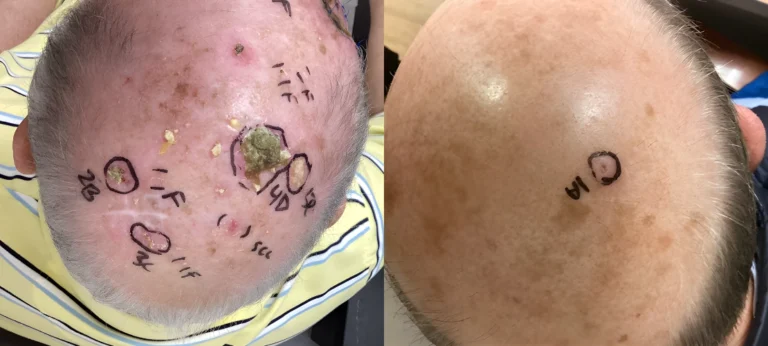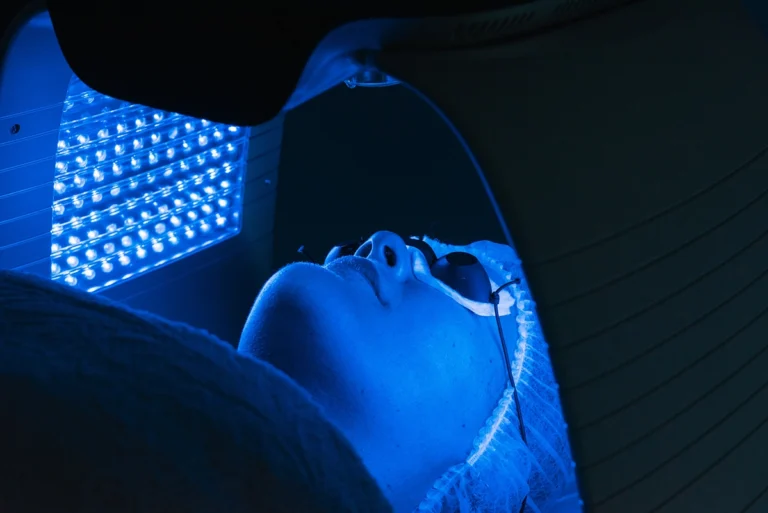Legs, especially during warm months, are frequently exposed to sunlight, making them a high-risk area for UV-induced skin damage and potential skin cancer. Simple proactive habits can dramatically lower this risk.
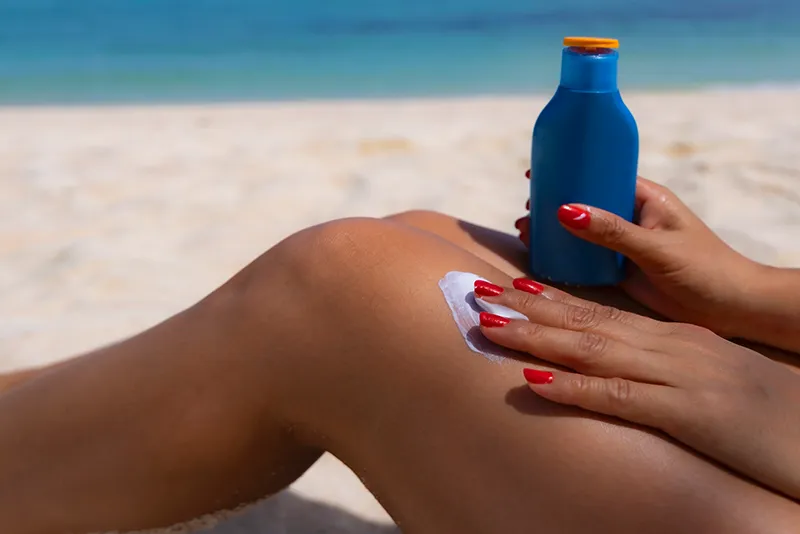
Apply Sunscreen Generously to Legs
Cover all parts of your legs with broad-spectrum SPF 30+ sunscreen, including thighs, calves, and behind the knees. Don’t forget the ankles, especially if you wear sandals or low shoes.
Wear Long, UV-Protective Clothing
Whenever possible, choose long pants or skirts made of tightly woven fabrics or UPF-rated clothing to reduce UV penetration.
Seek Shade on Sunny Days
Use umbrellas, awnings, or trees for shade, especially when at the beach or poolside where reflection from surfaces can increase UV exposure to your legs.
Avoid Artificial UV Sources
Tanning beds expose your legs to intense UV rays. Avoid them entirely to preserve your skin health and reduce cancer risk.
Hydrate for Healthy Skin
Keeping your skin hydrated helps it stay smooth and look its best. Drink plenty of water and use moisturizer every day to keep your skin soft and comfortable—especially on areas people often forget, like the legs.
Inspect Your Legs Monthly
Use a mirror or ask for help to check all areas of your legs for spots, moles, or lesions that are new or changing. Pay special attention to the backs of the legs and under the knees.
Visit a Dermatologist Annually
A yearly professional exam can detect early signs of skin cancer on your legs and guide you with personalized prevention tips.
FAQ
Yes, even intermittent, intense sun exposure can raise skin cancer risk.
If your clothing isn’t UPF-rated or is loosely woven, sunscreen is still advisable for added protection.
The best UV protection for your legs comes from dark-colored, tightly woven fabrics — especially garments with a UPF (Ultraviolet Protection Factor) label, which indicates tested sun protection.





